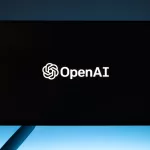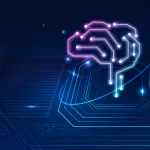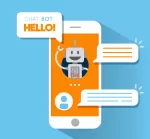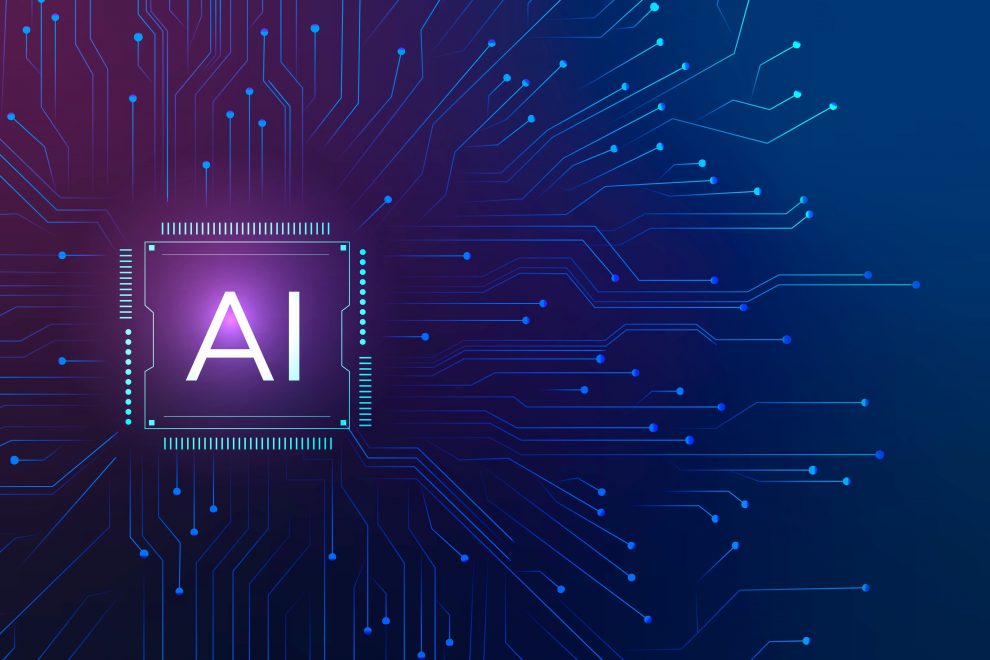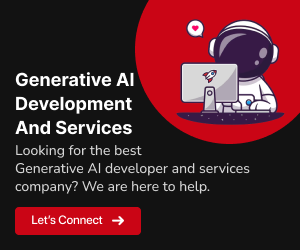Artificial Intelligence (AI) has witnessed monumental advancements in recent years, ushering in a new era of possibilities and innovation across industries. One of the most fascinating and transformative areas within AI is Generative AI. This technology is rapidly shaping the landscape of applications, enabling the creation of AI-driven apps that are both powerful and creative.
In this blog, we will delve into the future landscape of Generative AI-driven apps, discussing their potential, challenges, and the numerous ways they are set to revolutionize our digital experiences.
Understanding Generative AI
Generative AI refers to a subset of artificial intelligence that focuses on machines’ ability to generate content autonomously. This content can take various forms, including text, images, music, and even entire applications. Generative AI models, particularly those based on deep learning, have gained immense popularity due to their capability to mimic human creativity and generate content that is often indistinguishable from that created by humans.
The Current State of Generative AI-Driven Apps
Before delving into the future, it’s important to understand where we currently stand with Generative AI-driven apps. Presently, these apps are already making a significant impact in various domains:
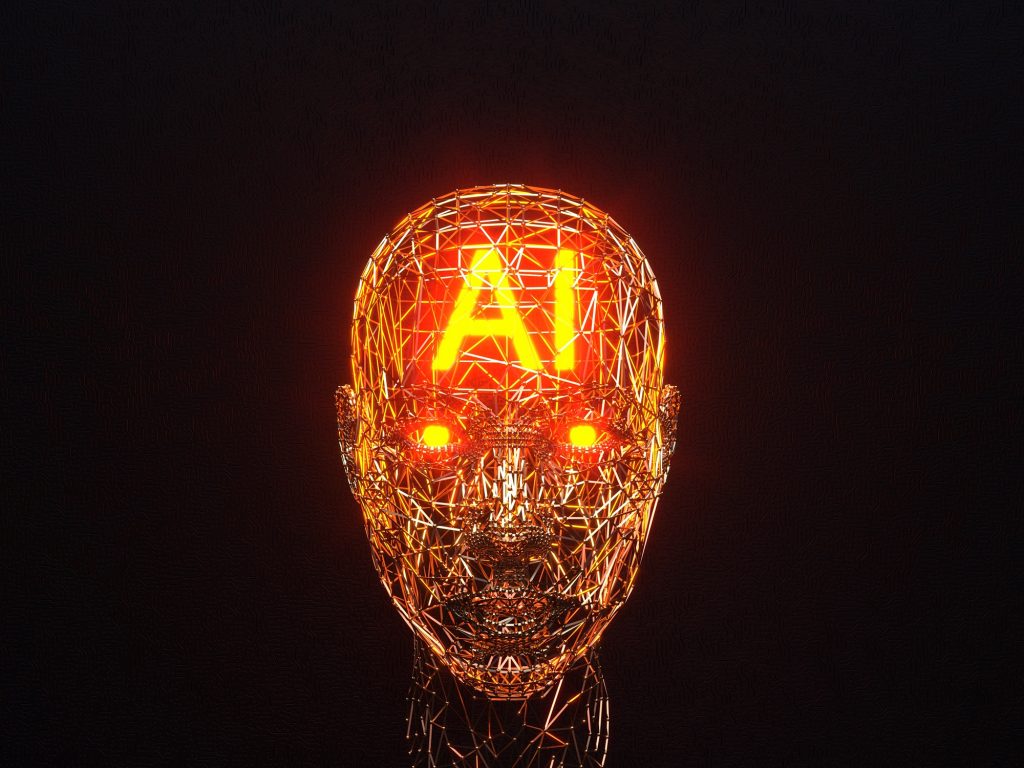
Content Generation:
Generative AI, like GPT-3, is a game-changer in content creation. It can not only assist with writing articles but also generate code snippets, compose poetry, and even draft marketing copy. These AI-powered writing assistants analyze input prompts and generate coherent and contextually relevant text, saving time and boosting productivity for content creators.Design and Art:
In the realm of design and art, AI-driven applications are becoming increasingly sophisticated. Tools like Artbreeder and DALL-E use generative AI to blend and manipulate images, creating unique visual styles and artworks. Artists and designers can harness these AI capabilities to explore new creative possibilities and streamline their creative processes.Personalized User Experiences:
Recommendation systems powered by Generative AI are reshaping user interactions across digital platforms. Streaming services like Netflix and music platforms like Spotify use AI algorithms to analyze user preferences and behavior, offering tailored content recommendations. E-commerce platforms employ similar techniques to suggest products, while social media networks personalize users’ newsfeeds, fostering engagement and user satisfaction.Game Development:
AI is revolutionizing game development by automating various aspects of the process. Generative AI is utilized for procedural content generation, creating vast and dynamic game worlds. Additionally, it assists in character design by generating unique attributes and behaviors. In game testing, AI-driven bots can simulate player behavior and identify bugs and balance issues, making game development more efficient and games more immersive.Natural Language Processing:
Advances in natural language processing (NLP) are making chatbots and virtual assistants more conversational and useful. These AI systems can understand and respond to user queries more effectively, making them valuable not only for customer service but also for tasks like scheduling, research, and even providing companionship for the elderly or individuals with disabilities. NLP-powered virtual assistants are expanding their applications beyond traditional customer support roles.
Challenges and Considerations
As we look forward to this AI-driven future, several challenges and considerations must be addressed:
Ethical Concerns:
The responsible use of AI is paramount. Addressing issues related to bias, privacy, and transparency is essential to ensure equitable and ethical AI-driven applications. Ensuring that AI models are trained on diverse and unbiased datasets is crucial to mitigate issues of bias. Moreover, transparent algorithms and ethical guidelines must be established to govern AI usage.Data Privacy:
AI models rely on vast amounts of data to learn and make predictions. Striking a balance between data-driven innovation and protecting user privacy is a critical challenge. Strong data protection regulations and mechanisms for informed user consent are necessary to safeguard personal information while advancing AI capabilities.Regulation:
Governments and regulatory bodies will need to adapt to the evolving AI landscape by developing frameworks and guidelines that promote innovation while safeguarding societal interests. This includes setting standards for AI transparency, accountability, and safety. Collaboration between governments, industry leaders, and AI researchers is vital to ensure responsible AI development.Job Disruption:
The widespread adoption of AI-driven apps may lead to job displacement in some sectors. Preparing the workforce for the future of work is essential. Initiatives such as reskilling and upskilling programs can help individuals transition to new roles and industries as automation and AI change the employment landscape.Security:
AI-driven apps must be secure to prevent malicious use. Developing robust cybersecurity measures will be an ongoing concern. As AI applications become more integrated into critical systems, safeguarding against cyber threats and ensuring the integrity of AI models will be crucial. This involves continuous monitoring, vulnerability assessments, and proactive security measures.
Also Read: “Personalized Experiences: Creating Tailored Apps Using Generative AI“
Future trends in generative AI
Here are some of the most promising future trends in generative AI:
Better synthetic data:
Synthetic data is artificial data that is created by machines. It can be used to train AI models and to augment existing datasets. As generative AI technology improves, we can expect to see better synthetic data that is more realistic and representative of the real world. This will allow AI models to be trained more effectively and to make better decisions.Reimagined business processes:
Generative AI can be used to automate or augment a wide range of business processes. This includes tasks such as customer service, marketing, and product development. As generative AI becomes more widespread, we can expect to see businesses reimagine their processes to take advantage of this technology.New creative applications:
Generative AI is already being used to create new forms of creative content, such as art, music, and writing. As the technology continues to develop, we can expect to see even more creative applications. For example, generative AI could be used to create personalized music playlists or to generate new ideas for businesses.Improved healthcare:
In the healthcare industry, generative AI is being used to develop new drugs and treatments, to improve medical diagnostics, and to personalize patient care. For example, the startup Insilico Medicine is using generative AI to develop new cancer drugs. The company’s technology can generate millions of new drug candidates in a matter of hours, which is much faster than traditional drug discovery methods.Sustainable development:
Sustainable development benefits from generative AI’s ability to innovate resource conservation and pollution reduction. For instance, generative AI can revolutionize building design, creating structures that prioritize energy efficiency and eco-friendliness. Similarly, it can optimize transportation networks to minimize pollution and enhance urban sustainability. These applications demonstrate how generative AI can be a potent tool in advancing environmental goals, aligning technological progress with a greener, more sustainable future.Retail industry:
In the retail industry, generative AI is being used to create personalized product recommendations, to generate realistic product images, and to optimize inventory levels. For example, the company Stitch Fix uses generative AI to recommend clothes to its customers. The company’s algorithm takes into account the customer’s style preferences, body shape, and budget to generate personalized recommendations.Media industry:
In the media and entertainment industry, generative AI is being used to create new forms of creative content, such as art, music, and writing. For example, the startup Midjourney is using generative AI to create realistic paintings. The company’s technology can generate paintings in a variety of styles, including impressionism, cubism, and abstract expressionism.
These are just a few of the many potential future trends in generative AI. As the technology continues to evolve, we can expect to see even more innovative and disruptive applications.
Harness the Power of Generative AI with Geekyants, Looking to leverage the incredible potential of Generative AI-driven apps for your business or project? Look no further than Geekyants! With our expertise in artificial intelligence, we specialize in developing cutting-edge applications that harness the full capabilities of Generative AI.
Our team of experienced AI engineers and developers can work with you to create bespoke solutions that transform your ideas into reality. Whether you’re in need of AI-powered content generation, personalized user experiences, or innovative AI-driven products, Geekyants has the knowledge and skills to bring your vision to life.
Join us on the journey to explore the limitless possibilities of Generative AI-driven apps. Contact us today to learn more about how Geekyants can be your trusted partner in the AI-driven future.
Conclusion
Generative AI-driven apps are poised to redefine how we interact with technology and the world around us. The future landscape promises enhanced creativity, personalized experiences, and breakthroughs in various fields. However, this transformative journey is not without challenges, and responsible development and deployment of AI technologies are essential.
As we navigate this evolving landscape, collaboration between technologists, policymakers, ethicists, and society at large will be crucial. With the right approach, Generative AI-driven apps have the potential to empower individuals, businesses, and societies, ushering in an era of unprecedented innovation and creativity.







